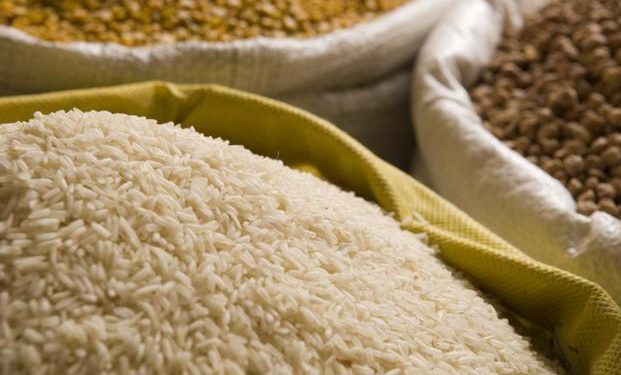Dr Biplab Kumar Guru
Availability, accessibility, stability, and utilisation of food for a country like India with over a billion people is far bigger a challenge than it seems. To successive governments, ensuring food security of its citizens has been of paramount importance. However, the long-cherished food security of India is threatened by COVID-19 pandemic. For food security to be viable, four criteria such as availability, accessibility, stability, and utilisation of food should be met. India’s food security programme was laid bare by the pandemic in several ways. The poor and most vulnerable sections of the society were the most affected. The suffering was further exacerbated by the brittle living conditions of over 10 crore migrant workers whose income was uncertain and were eating out of their savings. Although there was sufficient buffer stock of food grains (58.4 million tonnes) and pulses (3 million tonnes) as of March 1, 2020, the stock of other commodities that comprises 78% of the total food consumption such as vegetables and fruits, meat, eggs, sugar, and milk were in short supply. Besides, the existing socio-economic inequality was even more highlighted by COVID-induced fall in incomes and loss of livelihood of migrant labourers, poor and tribal households.
As per the World Bank report on “Food Security and COVID-19”, the Agricultural Commodity Price Index (ACPI) as of July 16, 2021, was approximately 30% higher than in January 2020. Retail prices of wheat, maize, and rice shot up almost 12%, 43%, and 10% respectively above their January 2020 levels. All in all, reduced income and livelihood uncertainties, combined with retail inflation, supply chain disruption (caused loss of income for traders and farmers) and increasing health expenditures suggest that the nutritional status of households, especially the poor and migrants is adversely affected. In India, the impact is more skewed towards low-income states like Odisha. Under the National Food Security Act (NFSA) almost 80 crore Indians are getting free and subsidised ration as of 2021. However, ground reality can be a stark contrast.
Death or ailments of an earning member of a family induced by the pandemic can contribute to the food insecurity and reduced nutritional status of millions. For instance, Lahoti et al. (2020) through a telephone interview of 5,000 households conducted across 12 Indian states observed that 77% households had less amount of food to consume than before and 66% conveyed loss of employment. Similarly, the Centre for Equity Studies (2020) through a survey observed that only 38.9% out of 547 respondents stated that during the lockdown they were not completely out of food stock but reported that their food intake was reduced.
Global hunger index (GHI) reports that India is abode of the most number of undernourished people. Almost 189.2 million Indians are undernourished, which is about 14% of the entire population. Among the undernourished, 20% children below the age of 5 years are underweight (stunted) and 51.4% women are anaemic in their reproductive age (15-49 years). Each year the GHI scores are computed providing an assessment of progress and stumbling blocks in fighting hunger.
Of late, to mitigate the magnitude of threat to food security, the Government of India has initiated pro-poor strategies by energising social security programmes like direct cash transfers under PM-Kisan, more liberal financing under MGNREGA, advance disbursement of Social Security Pensions, direct cash grants to construction workers, and release of free and subsidised food grains under the Pradhan Mantri Garib Kalyan Yojna to about 80 crore people. Rapid up-gradation of health infrastructure and manpower; and swift readjustment of policies and programmes with active association and participation of all stakeholders were the other daunting tasks performed very well by the government.
However, the implication of the newly enacted three ordinances by Central government to deregulate agricultural marketing, allow unconstrained wholesale storage of essential commodities by private warehouses, and encourage contract and corporate farming for small and marginal farmers is debatable. Though major chunks of the farming community have shown their apprehensions towards these ordinances, the policy stance of the government has remained unmoved. It is touted by many economists that deregulation can potentially disturb the control over buffer stocks of food grains during a crisis like COVID-19.
The writer is an Assistant Professor (Economics) at KIIT DU, Bhubaneswar.

